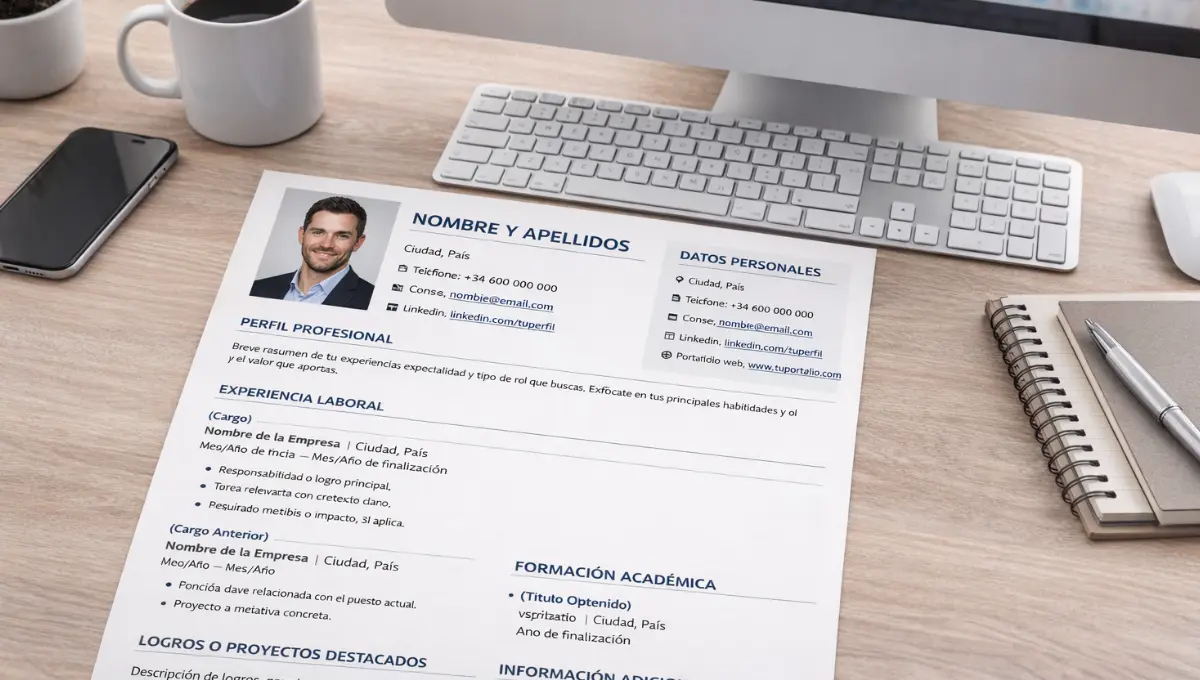If you are about to start your German language learning journey, knowing the Basic German alphabet is probably the first step that you need to take. Build your solid foundation of the German language by mastering these alphabets.
The German language is popular because of its sharp ‘S’ and ‘Ch’ sounds, as well as its long, confusing sentences. You might be intimidated by German words like ‘Streichholzzschachtel’ or ‘Versuchskaninchen,’ but if you break down the German alphabet letters from A to Z, German pronunciation is actually quite logical.
Learning German has now become super easy with italki. With the help of a professional German tutor online, you can learn the German alphabet, pronunciation, and sentence formation within no time. All you need to do is to enroll yourself online and get started!
German has all of the same letters as English, plus a few more that are interesting. Once you have identified the letters that could trip you up, you will be ready to put your skills to the test.
How many letters are there in the German alphabet
The German alphabet, like the English alphabet, has 26 letters; however, there are four additional letters in the German language: ä, ö, ü, and ß. If you count these, the total number of letters is 30.
The critical thing to remember is that if you know English, you already know 26 letters. After you have mastered the extra vowels, it’s time to learn the letters that look like English but sound different.
Fortunately, the German language, like German society, is very orderly. Unlike English, it has consistent phonetic rules, and you can sound out the word using the alphabet and get the correct pronunciation in most cases.

Find Your Perfect Teacher
At italki, you can find your German tutor from all qualified and experienced teachers. Now experience the excellent language learning journey!
Book a trial lesson
What are the German alphabet letters
| Letter | Name (Pronunciation) | Example |
| A | A (ah) | Apfel (apple) |
| B | Be (bay) | Bein (leg) |
| C | Ce (tsay) | CD (CD) |
| D | De (day) | Donnerstag (Thursday) |
| E | E (ay) | Elefant (elephant) |
| F | Ef (eff) | Ferien (vacation) |
| G | Ge (gay) | gehen (to go) |
| H | Ha (hah) | Haus (house) |
| I | I (eeh) | Ich (I) |
| J | Jott or Je (yot) | Jahr (year) |
| K | Ka (kah) | Kinder (children) |
| L | El (ell) | lieben (to love) |
| M | Em (em) | Mittwoch (Wednesday) |
| N | En (en) | neu (new) |
| O | O (oh) | Ohr (ear) |
| P | Pe (pay) | Papier (paper) |
| Q | Qu or Que (koo) | qualität (quality) |
| R | Er (err) | rot (red) |
| S | Es (es) | Sonne (sun) |
| T | Te (tay) | Tag (day) |
| U | U (ooh) | Uhr (clock) |
| V | Vau (fow) | Vater (father) |
| W | We (vay) | Woche (week) |
| X | Ix (iks) | Xylofon (xylophone) |
| Y | Ypsilon (oopsilohn) | typisch (typical) |
| Z | Zett (tset) | Zeit (time) |
| Ä | Ä (eh) | Mädchen (girl) |
| Ü | Ü (uuh) | früh (early) |
| Ö | Ö (ouh) | möchten (to want) |
| ẞ | Eszett (ess-set) | Straẞe (street) |
The four extra letters in German
Vowels with Umlauts: Ä, Ö, and Ü
Don’t be put off by the extra vowels in German. These three letters are formed by placing an umlaut i.e. two dots on top of the vowels. The umlaut simply indicates that the letter has its own sound and is not pronounced in the same way as a regular vowel without the umlaut. While the sounds ä, ö, and ü are not commonly used in the English language, your mouth can learn them with a little effort.
Ä is the umlaut vowel with the closest English sound equivalent. Ä sounds like the short “eh” sound in the English word “head”. In some words, the sound can be extended, but make sure it does not become an “ay” sound.
The Ö and Ü vowels are more difficult to pronounce because their sounds do not exist in English. Begin with the word “look” in your mouth, then purse your lips into an “O” shape. To make the Ü sound, first, make an “eww” sound as if something disgusting is on your tongue, then purse your lips as if you’re about to whistle. Don’t be afraid to make a silly face or make a loud noise.
The Eszett: ß
The German letter ß is a ligature and is also called a “scharfes s” (sharp s). But it’s simpler than it sounds–it actually just means “ss”. It sounds exactly like the “s” sound in English.
When you are typing it’s also completely acceptable to replace the ß with “ss”, so that Straße becomes Strasse. In fact, Switzerland and Liechtenstein have completely done away with the ß and only use “ss”.
German alphabet pronunciation
For English speakers, R is one of the most difficult German letters to master. The most important thing to remember is to soften your R sound in German by moving it further back in your throat.
When R appears at the start of a word, such as Rad (wheel), it has a stronger sound and can be rolled. When R is at the end of a word, it becomes even softer, almost inaudible, and transforms into an “uh” sound. R’s are soft, just like Mutter (mother) and Butter.
J, V, and W are easily mispronounced by English speakers because they sound like different letters in English. Here’s a pronunciation cheat sheet: J = English Y sound – Jogging is pronounced: “yogging.” Thank you. V = English F sound (thanks so much) sounds similar to “Feel-en Dank” Weg (way) sounds similar to “vegg” in English.
While the alphabet pronunciation for C is tsay, the majority of words beginning with C are pronounced with a hard “k” sound. This is due to the fact that they are words from other languages, such as Cafeteria and Computer. When you see C at the beginning of a word, trust your instincts about how to pronounce it.
Why learn the German alphabet?
If you are still wondering why to learn German, then this section of the guide is especially for you. The following points will make you realize the importance of learning the German alphabet.
Opportunity to converse with 130 million people
According to the Foreign Service Institute (FSI), German is the most widely spoken first language in the EU and one of the easiest languages for English speakers to learn Germans are also known to be some of the well-traveled people in the world.
You can read German alphabet easily
You are already proficient in reading German letters. There are hundreds of writing systems in the world, with English and German sharing the same one, the Latin alphabet.
Many other languages, such as Mandarin, Hindi, or Arabic, require students to spend a significant amount of time learning the script before they can master the pronunciation. In German, you can at least recognize the letters and start pronouncing them right away. Look for ways to improve your German grammar and start sounding like a native German speaker.
Frequently asked questions
Q. What is the number of letters in the German alphabet?
A. 30
Q. What are the letters that are unique to the German alphabet?
The letters Ä, Ö, Ü do not exist in English, but they can be found in Hungarian, Turkish, and other languages, while the ß is truly unique to German.
Q. How can I download the German alphabet to my iPhone?
A. Go to Settings > General > Keyboard on iOS. Select “Keyboards,” then “Add New Keyboard.” Swipe the space bar to switch between the English and German keyboards after selecting “German” from the list.
Conclusion
When learning a new language, the alphabet is the natural starting point. As you have discovered, German is not that dissimilar to English, and the differences you do encounter are actually quite interesting.
You can learn even more about the German language by enrolling in one of italki’s German classes. While reading about the German alphabet and its pronunciation is a good start, what really helps with language learning is getting out there and practicing with someone. For instance, you can learn counting in German with real-life examples shown by the tutors. Enroll yourself and start learning!
Want to learn a language at italki?
Here are the best resources for you!

















